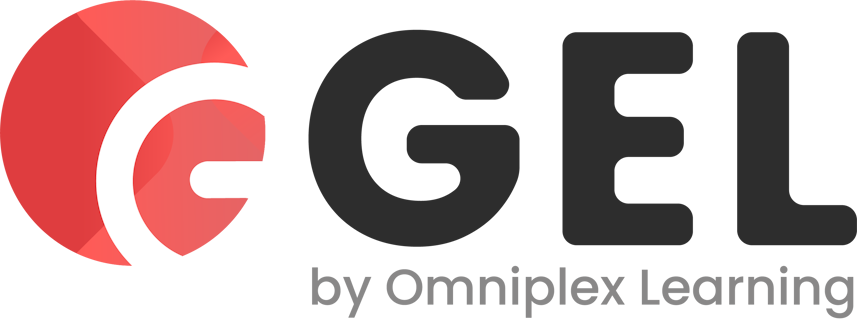When it comes to providing your company with a greater level of clarity regarding its most essential operations, Business Process Model and Notation (BPMN 2.0) can give you the perspective you need. The graphical language is designed to equip practitioners to map out business processes of varying complexity within business process models – making it easier to highlight points for optimization, as well as errors and bottlenecks.
Gaining a working level of fluency in BPMN can do wonderful things for the efficiency of a business. However, as any manager knows, the processes within an organization are rarely simple. There will typically be several stages where the direction of a process can go one of several ways.

Displaying these ‘decision points’ is the purpose of ‘BPMN Gateways’. They are used in a BPMN diagram to symbolize points where conditions have the potential to divert a flow’s path.
In this video, Good e-Learning looks at the four most commonly used BPMN gateway symbols.
There are seven gateway types in total:
- BPMN exclusive gateway – These are represented by a blank diamond shape or a diamond with an X inside. An exclusive gateway directs a flow to just one output branch
- BPMN inclusive gateway – These are represented by a diamond containing a circle. An inclusive gateway will activate one or more branches based on the formula within each specific flow. Converging on another gateway can begin only once all active input branches are completed
- BPMN parallel gateway – These are represented by a diamond containing a plus/ addition symbol. When a parallel gateway is used, it activates all output branches at the same time. It will wait for every input branch to complete before beginning an output stream when converging parallel branches. However, if a non-trigger finalizer precedes convergence, you will not need a convergence gateway
- BPMN event-based exclusive gateway – These are represented by a diamond containing a double circle with a hexagon inside. When an event-based gateway is used, a message-receiving task or intermediate event comes immediately after. It will divert the process flow to the next-occurring task or event. They are typically used when an external participant causes a deviation
- BPMN complex gateway – These are represented by a diamond with an asterix inside. When convergences or deviations cannot be symbolized by any of the other gateways, a complex gateway will be used. The gateway itself will define what this ‘complexity’ entails
- BPMN exclusive start gateway – These are represented by a diamond containing a circle with a hexagon inside. An exclusive start gateway is used to begin a process. Following on from this, subsequent events will also create new process instances
- BPMN parallel start gateway – These are represented by a diamond containing a circle with a plus/ addition symbol inside. An instance of the process will be instigated by the occurrence of every subsequent event.
These gateways provide users with a clearer understanding of converging and diverging sequence flows. A practitioner does not need to apply a gateway unless a flow specifically needs to be controlled.


